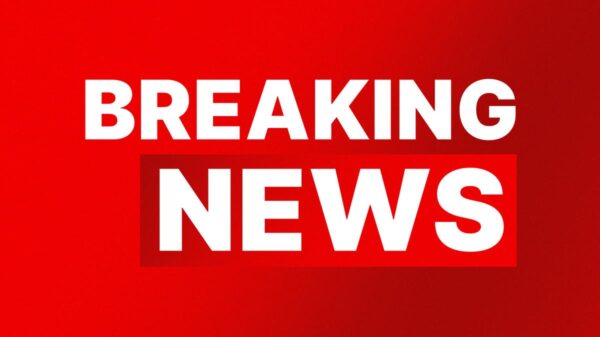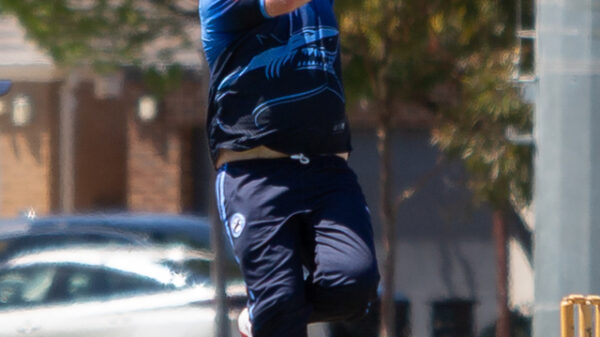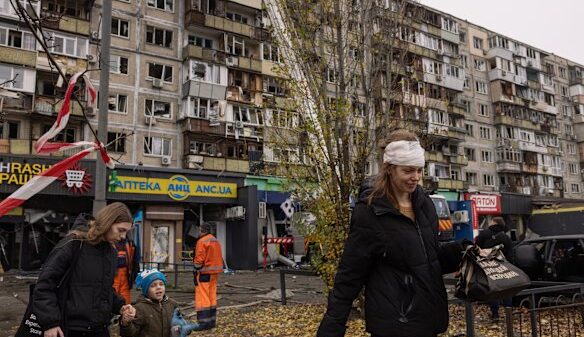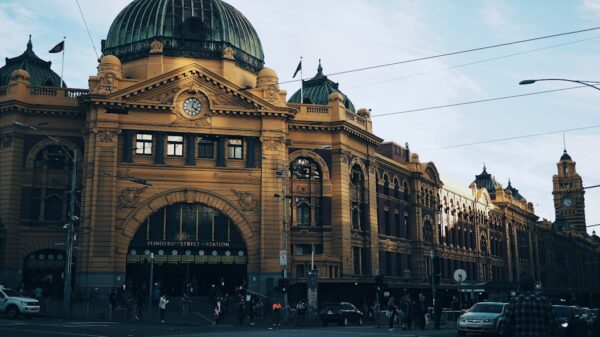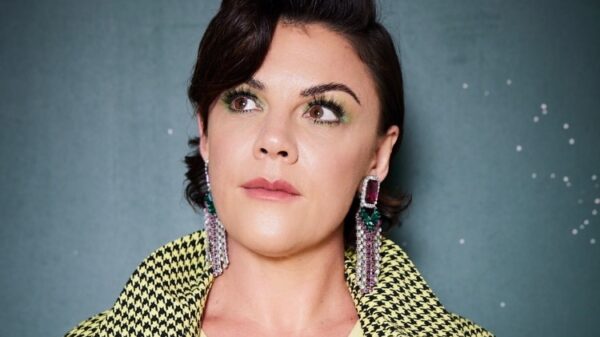UPDATE: Senior Labor figures Ed Husic, Tony Sheldon, and Bob Carr are under fire after a protester held up an image of Iranian Ayatollah Khamenei during a massive demonstration for Gaza on the Sydney Harbour Bridge this past Sunday. The protest, which drew an estimated 90,000 participants, has sparked intense criticism and raised urgent questions about the implications of such imagery in political demonstrations.
Demonstrators, many waving Palestinian, Aboriginal, and Greens party flags, gathered to advocate for an end to violence in Gaza. However, images depicting Israeli Prime Minister Benjamin Netanyahu alongside historical atrocities, and Khamenei holding a rifle, have overshadowed the peaceful intent of the march. As the situation escalates, the global media is spotlighting this incident, emphasizing its potential impact on Australian politics and community relations.
Israel’s Deputy Foreign Minister Sharren Haskel condemned the protest, labeling the leaders as “useful idiots of extreme Islam” and highlighting the dangers faced by women and LGBTQ individuals in Iran. “Many of those demonstrating would be dead within a day if they set foot in Iran,” Haskel stated, underscoring the stark contrast between the protest’s messages and Iran’s human rights record.
Australian academic Kylie Moore-Gilbert, who endured nearly three years in an Iranian prison, expressed her distress at seeing Khamenei’s image. She described it as “profoundly disturbing” and questioned whether the leaders were aware of the implications of the imagery behind them. “Did this front line of protesters look behind them?” she asked, pointing out the potent symbolism used for propaganda.
In response, Bob Carr acknowledged seeing the image but claimed he did not recognize Khamenei. He expressed his opposition to the Iranian regime’s oppressive practices and stated, “I can’t believe anyone would hold his portrait at such a peaceful and positive demonstration.” Carr suggested that the individual holding the image may have been a provocateur aiming to disrupt the demonstration’s intentions.
Senator Sheldon, who also participated in the march, defended the protest’s purpose, emphasizing that a single individual’s actions should not detract from the collective message of compassion and peace. “The image being highlighted wasn’t something I saw or would ever endorse,” he stated, reiterating the rally’s focus on humanitarian concerns.
Husic, the first Muslim MP in Australia, echoed similar sentiments, emphasizing that his presence was solely to advocate for an end to the violence in Gaza. “I wasn’t there for any other cause,” he affirmed, reiterating the importance of protecting innocent civilians.
However, Haskel’s comments reflect a growing frustration among Australian officials. “It is beyond belief that serving politicians would behave in this way,” she said, calling for a reevaluation of the messages conveyed by such protests. Opposition home affairs spokesman Andrew Hastie added, “Australians are sick of this ancient hatred on our streets,” calling for a return to normalcy in public discourse.
The protest also marked a significant moment for Julian Assange, who made a rare appearance while navigating legal complexities around his extradition. His involvement further complicates the narrative surrounding the protest and its participants.
Moore-Gilbert remarked on the emotional weight of Khamenei’s image, noting its triggering impact for many Iranian refugees in Australia. “Australians can oppose the starvation and bloodshed in Gaza without having to make common cause with one of the Middle East’s worst human rights abusers,” she urged.
As the conflict in Gaza continues to escalate, with Prime Minister Netanyahu’s government intensifying military actions, the repercussions of this protest will likely resonate deeply within Australian society. The situation remains fluid, and further developments are expected as leaders and communities grapple with the fallout from the protest.
Stay tuned for more updates as this story unfolds.


